When it comes to designing and constructing buildings, one of the most important decisions that an architect has to make is the type of material to be used. While there are a variety of materials available, architectural aluminum stands out for its unique properties and its ability to provide a perfect balance of form and function. In this blog article, we will explore the history and benefits of using architectural aluminum in architecture, different types of aluminum, and considerations for aluminum design. We’ll also discuss how an architectural manufacturing company like Barfield Fence and Fabrication can provide aluminum products and solutions for a wide range of projects.
What is architectural aluminum?
Architectural aluminum is a type of aluminum alloy that is used in the construction of various buildings and structures. It is a lightweight material that is strong and durable, and it can also be used to create beautiful and intricate designs. Architectural aluminum is also resistant to corrosion, which makes it an ideal material for outdoor applications.
The most common type of architectural aluminum is an extruded aluminum, which is formed by pushing molten aluminum through a die. This process creates a strong and uniform profile that is ideal for a variety of applications. Architectural aluminum can also be cast and assembled into different shapes, allowing for endless possibilities for design.
The history of aluminum architecture
Aluminum has been used in architecture for centuries, but it wasn’t until the late 19th century that it began to be used in larger-scale projects. In the early 20th century, the introduction of the extrusion process made it possible to create intricate shapes and designs with aluminum, which opened up new possibilities for architects.
Since then, aluminum has become an increasingly popular material for architectural projects. It is used in a variety of different applications, ranging from facades and cladding to structural elements and roofing. Aluminum’s flexibility and strength make it an ideal material for a variety of projects, and its increasing popularity has led to the development of new technologies and products.
Benefits of using aluminum in architecture
Aluminum has a number of advantages when it comes to architectural projects. First and foremost, it is a lightweight material that is strong and durable. This makes it ideal for a variety of applications, from large-scale projects to more intricate designs.
Aluminum is also highly resistant to corrosion, making it perfect for outdoor applications. In addition, it is a sustainable material that can be recycled and reused, making it an environmentally friendly choice. Lastly, aluminum is a very versatile material, allowing for endless possibilities for design.
Different types of architectural aluminum
There are several different types of architectural aluminum that can be used in a variety of applications. One of the most common types is extruded aluminum, which is formed by pushing molten aluminum through a die. This process creates a strong and uniform profile that is ideal for a variety of applications.
Cast aluminum is also commonly used in architectural projects. This type of aluminum is formed by pouring molten aluminum into a mold and then allowing it to cool. The resulting metal is strong and durable, and it can be used to create intricate shapes and designs.
Finally, assembled aluminum is a type of aluminum that is formed by joining together pieces of aluminum. This type of aluminum is used to create complex shapes and designs, and it is perfect for projects that require intricate details.
Aluminum manufacturing process
The manufacturing process for architectural aluminum is a complex one. It begins with the production of the raw material, which is typically aluminum ingots. These ingots are then melted down and poured into a mold, where they are cooled and formed into the desired shape.
The next step is the extrusion process, where the aluminum is forced through a die to create a uniform profile. The extruded aluminum is then cut to the desired length and shaped into the final product.
Finally, the aluminum is treated with a protective coating, such as a powder coating or anodizing. This coating helps to protect the aluminum from corrosion and wear and tear, ensuring that it will last for years to come.
Design considerations for aluminum architecture
When designing a project with aluminum, there are a few key considerations that must be made. First, the size and shape of the aluminum must be taken into account. The size and shape of the aluminum will determine the strength and stability of the final product, so it is important to make sure that these factors are taken into consideration.
In addition, the type of aluminum must be carefully selected. Different types of aluminum have different properties, and the type of aluminum chosen must be appropriate for the application. For example, extruded aluminum is best for projects that require intricate details, while cast aluminum is better suited for large-scale projects.
Finally, the aluminum must be treated with a protective coating. This coating helps to protect the aluminum from corrosion and wear and tear, and it is essential for projects that will be exposed to the elements.
Aluminum products manufacturing and solutions
An architectural aluminum manufacturing company like Barfield Fence and Fabrication can provide a wide range of aluminum products and solutions for any project. Barfield Fence and Fabrication has the experience and expertise to provide high-quality aluminum products, ranging from extruded aluminum to cast aluminum and assembled aluminum.
Barfield Fence and Fabrication also offers a variety of services, including aluminum fabrication and installation. The company can also provide custom aluminum designs and solutions, ensuring that the final product is perfect for the application.
Designs and applications
Aluminum architecture is used in a variety of applications, from facades and cladding to structural elements and roofing. Aluminum is perfect for projects that require intricate details and designs, and it is also used in large-scale projects. Some of the most popular applications for aluminum architecture include:
- Facades and cladding: Aluminum can be used to create beautiful and intricate facades and cladding for a variety of projects.
- Windows and doors: Aluminum is perfect for windows and doors, as it is lightweight yet strong and durable.
- Structural elements: Aluminum is an ideal material for structural elements. It is lightweight yet strong and can be used to create complex shapes and designs.
- Roofing: Aluminum is a great choice for roofing projects. It is resistant to corrosion and can be used to create intricate designs.
Conclusion
Aluminum is an ideal material for architectural projects, as it provides a perfect balance of form and function. It is a lightweight material that is strong and durable, and it is also highly resistant to corrosion. In addition, aluminum is a very versatile material, allowing for endless possibilities for design.
A manufacturing company like Barfield Fence and Fabrication can provide a wide range of aluminum products for any project. Barfield Fence and Fabrication has the experience and expertise to provide high-quality aluminum products for any application.
If you are looking for an architectural aluminum manufacturing company to provide aluminum products and solutions for your project, look no further than Barfield Fence and Fabrication. Barfield Fence and Fabrication has the experience in custom aluminum designs to fabrication and installation services. We have can high-quality aluminum products and solutions for your project. Contact us today to learn more about how we can help you.


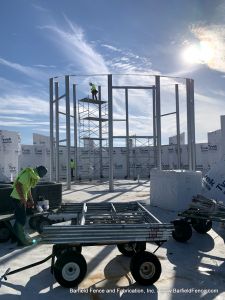

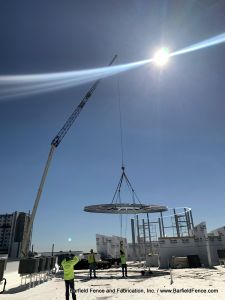

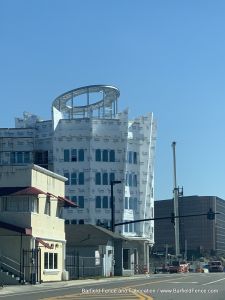
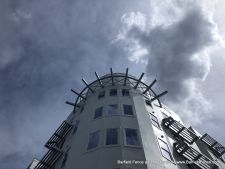
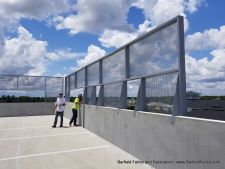




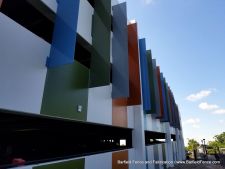
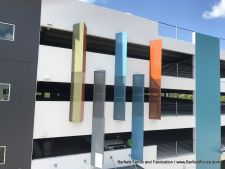
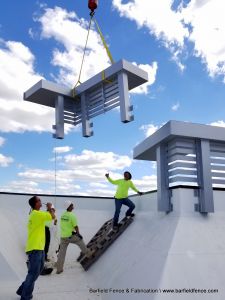
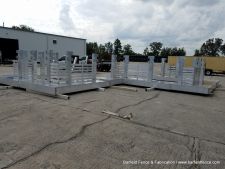


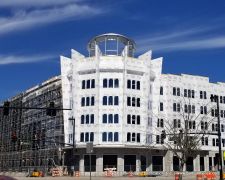

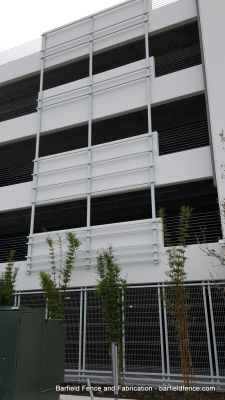

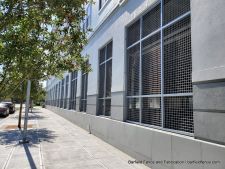
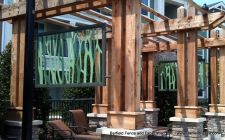
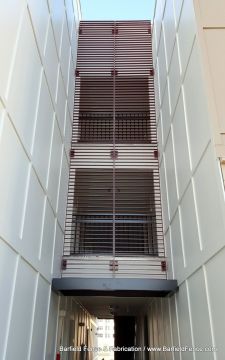

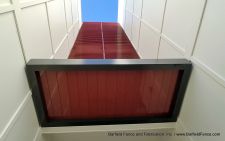




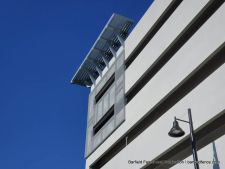
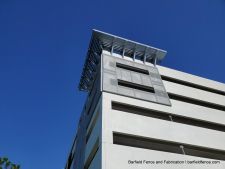




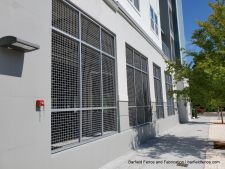




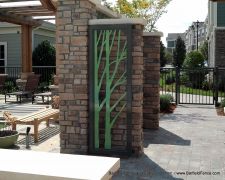
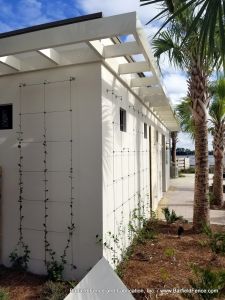
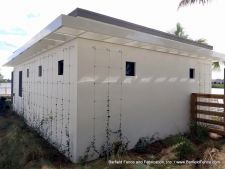


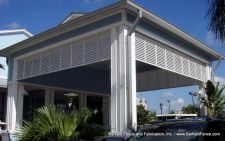
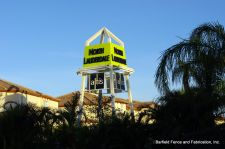
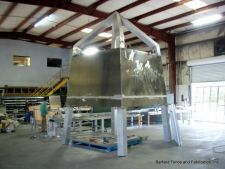

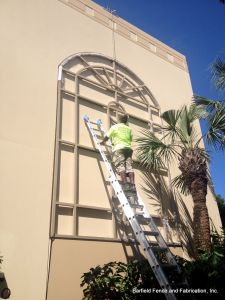
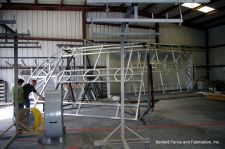
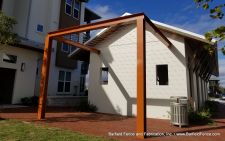

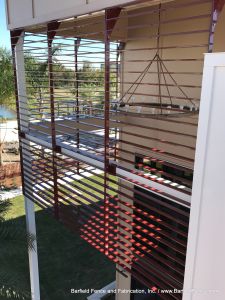
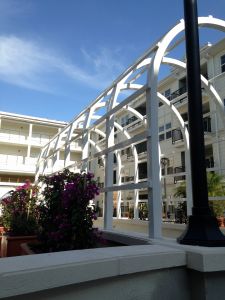
One Reply to “Discovering the Beauty of Aluminum in Architecture”